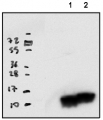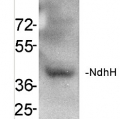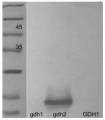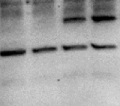Zea maysBelow you will find antibodies with confirmed or predicted reactivity to Zea mays Protocols and Technical Information • Support • Western Blot Video Tutorials |  |
- Article number ascending
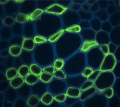
From the laboratory of Paul Knox, Phd, University of Leeds, United Kingdom

From the laboratory of Paul Knox, Phd, University of Leeds, United Kingdom

From the laboratory of Paul Knox, Phd, University of Leeds, United Kingdom

From the laboratory of Paul Knox, Phd, University of Leeds, United Kingdom
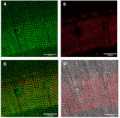
From the laboratory of Paul Knox, Phd, University of Leeds, United Kingdom

From the laboratory of Paul Knox, Phd, University of Leeds, United Kingdom

From the laboratory of Paul Knox, Phd, University of Leeds, United Kingdom

From the laboratory of Paul Knox, Phd, University of Leeds, United Kingdom

From the laboratory of Paul Knox, Phd, University of Leeds, United Kingdom

From the laboratory of Paul Knox, Phd, University of Leeds, United Kingdom

From the laboratory of Paul Knox, Phd, University of Leeds, United Kingdom

AS18 4169 | Clonality: Polyclonal | Host: Rabbit | Reactivity: A. thaliana, C. reinhardtii, Echinochloa crus-galli, M. polymorhpa, M. sativa, N. oceanica, Panicum miliaceum, P. sativum, Z. mays

AS18 4168 | Clonality: Polyclonal | Host: Rabbit | Reactivity: Arabidopsis thaliana, Brachypodium distachyon, Oryza sativa, Solanum tuberosum
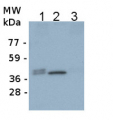

AS16 4032 | Clonality: Polyclonal | Host: Rabbit | Reactivity: Hordeum vulgare, Oryza sativa, Triticum aestivum, Zea mays
Interested to receive a free sample for testing? Contact us.

AS16 3976 | Clonality: Polyclonal | Host: Rabbit | Reactivity: Arabidopsis thaliana, Brassica oleracea var. botrytis cv. ’Diadom’, [compartment marker] of mitochondrial inner membrane
Benefits of using this antibody



